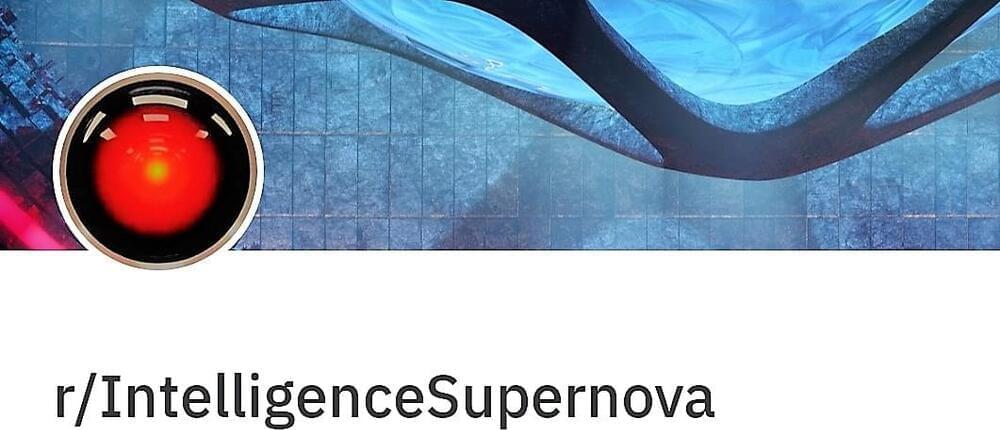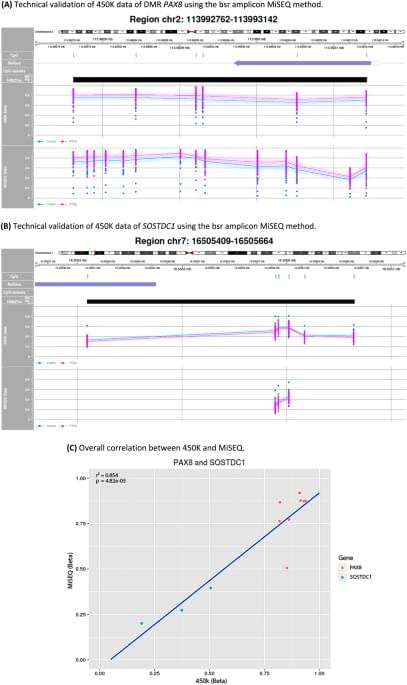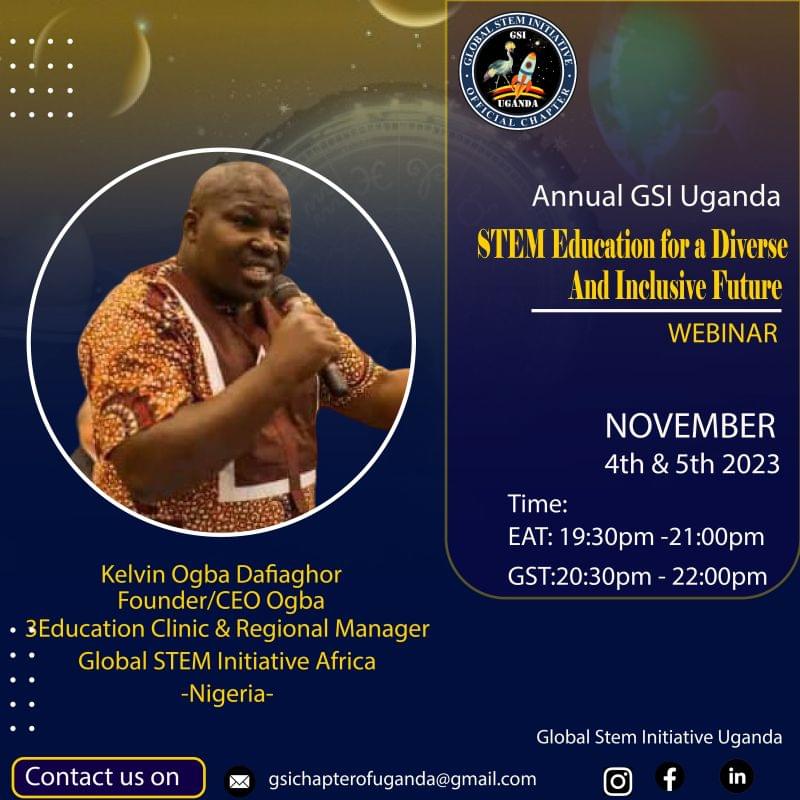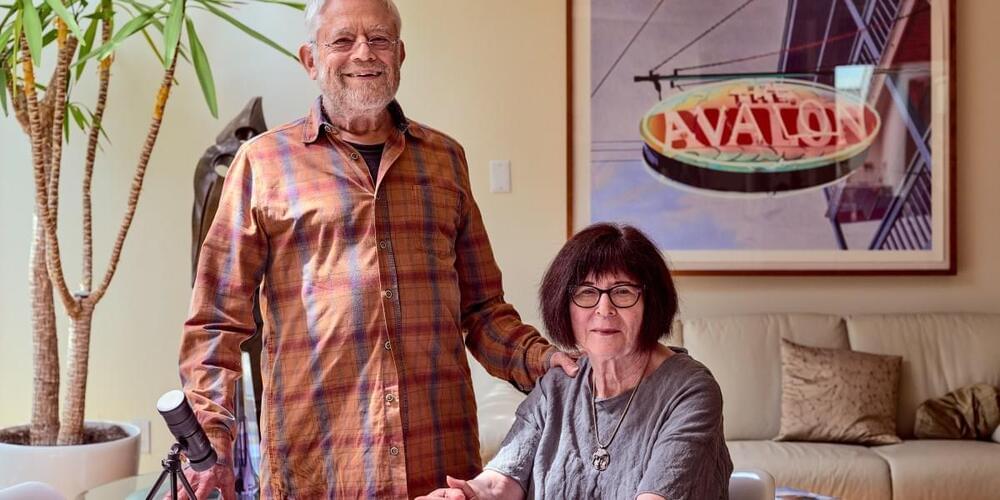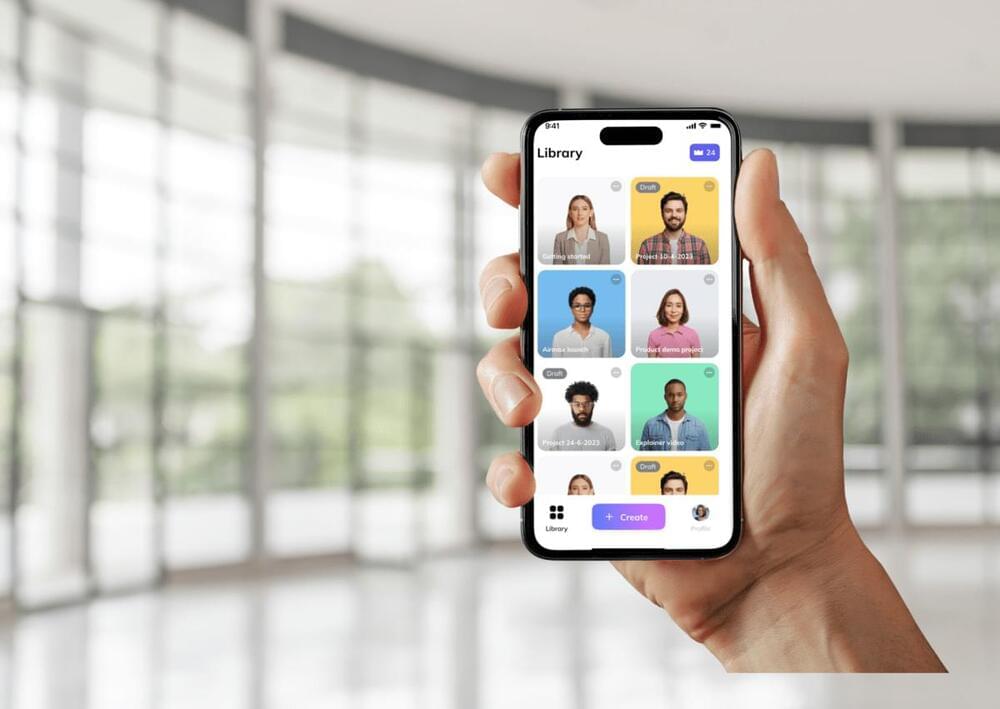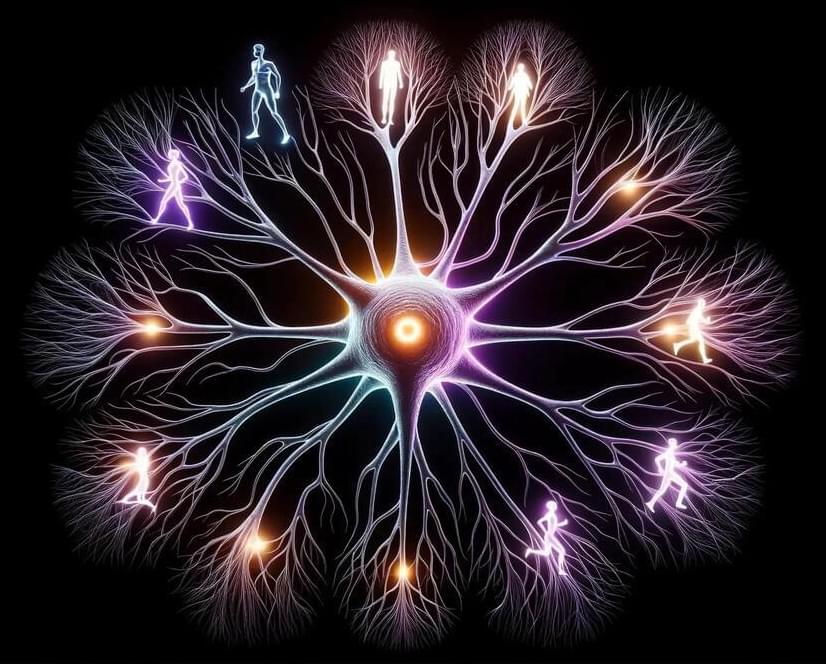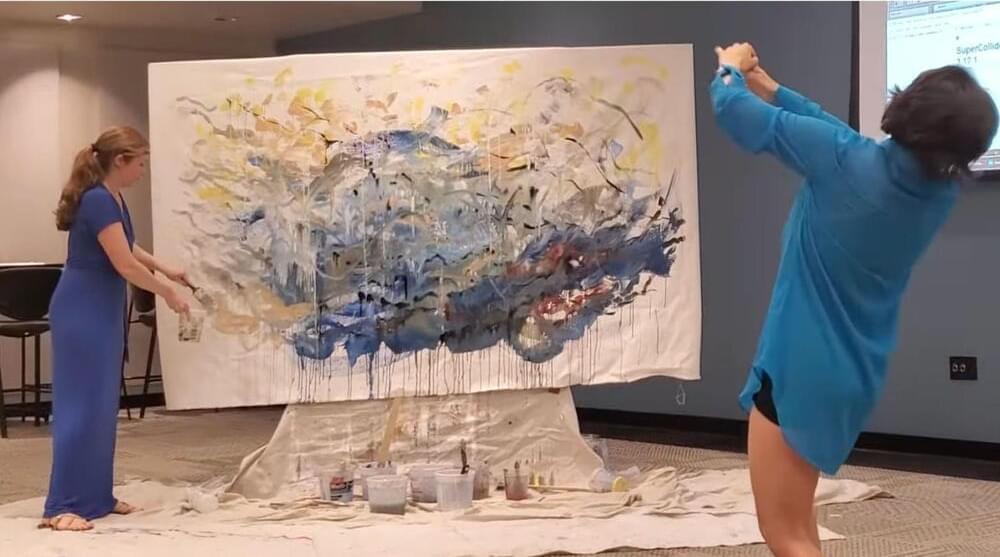Nov 6, 2023
MIT Physicists Transform Pencil Lead Into Electronic “Gold”
Posted by Saúl Morales Rodriguéz in categories: education, engineering, physics
Isolate thin flakes that can be tuned to exhibit three important properties.
MIT is an acronym for the Massachusetts Institute of Technology. It is a prestigious private research university in Cambridge, Massachusetts that was founded in 1861. It is organized into five Schools: architecture and planning; engineering; humanities, arts, and social sciences; management; and science. MIT’s impact includes many scientific breakthroughs and technological advances. Their stated goal is to make a better world through education, research, and innovation.

